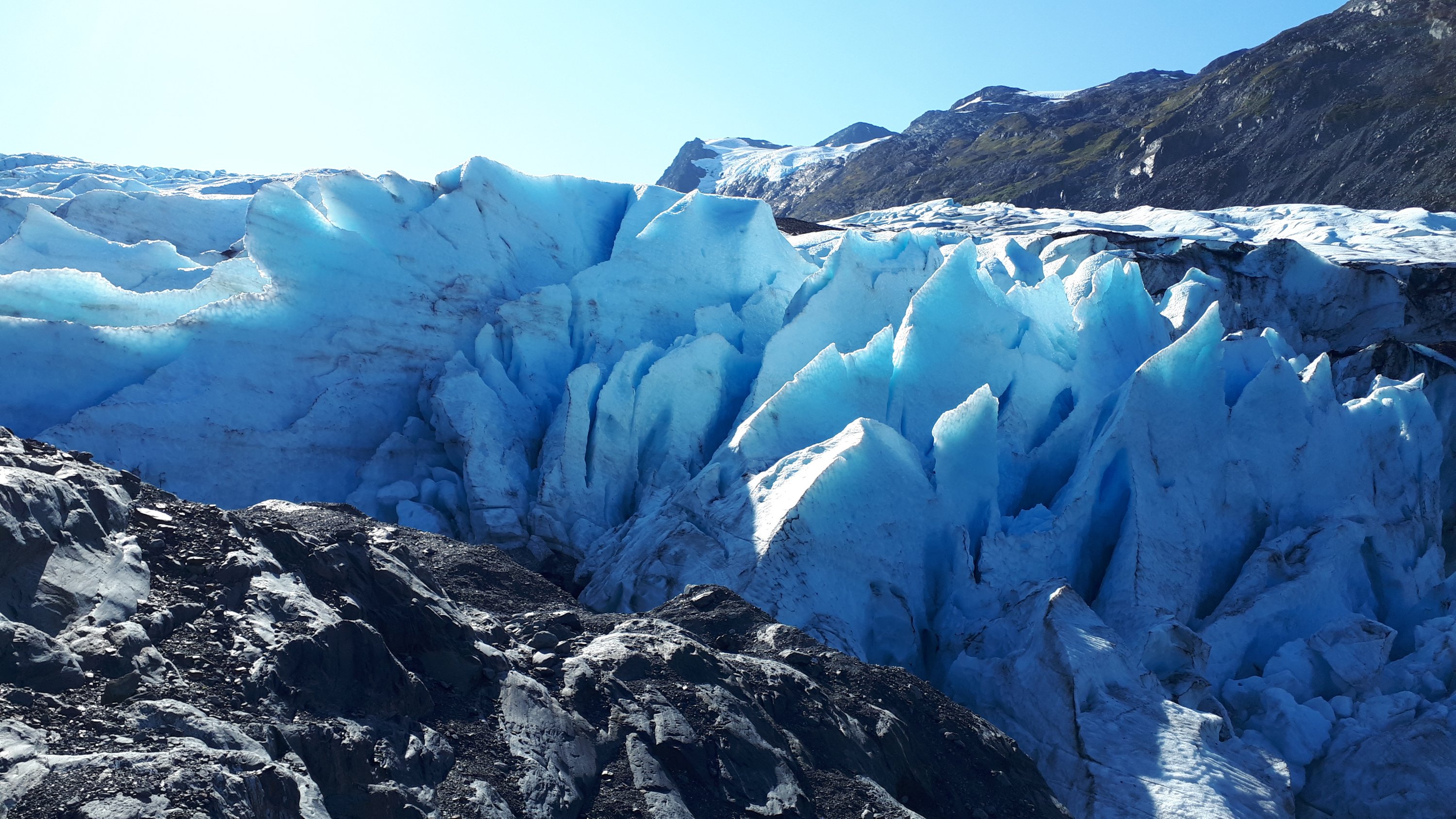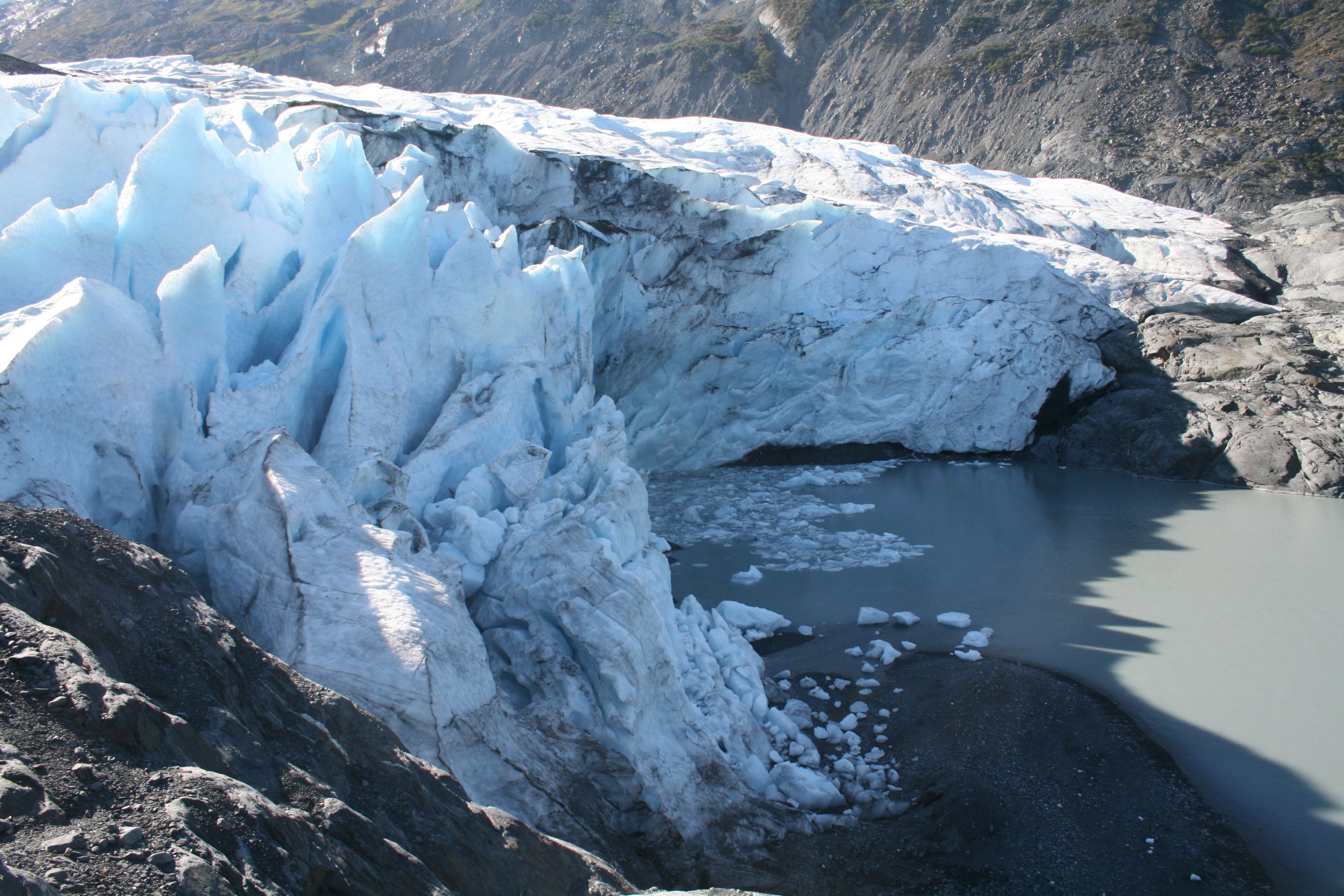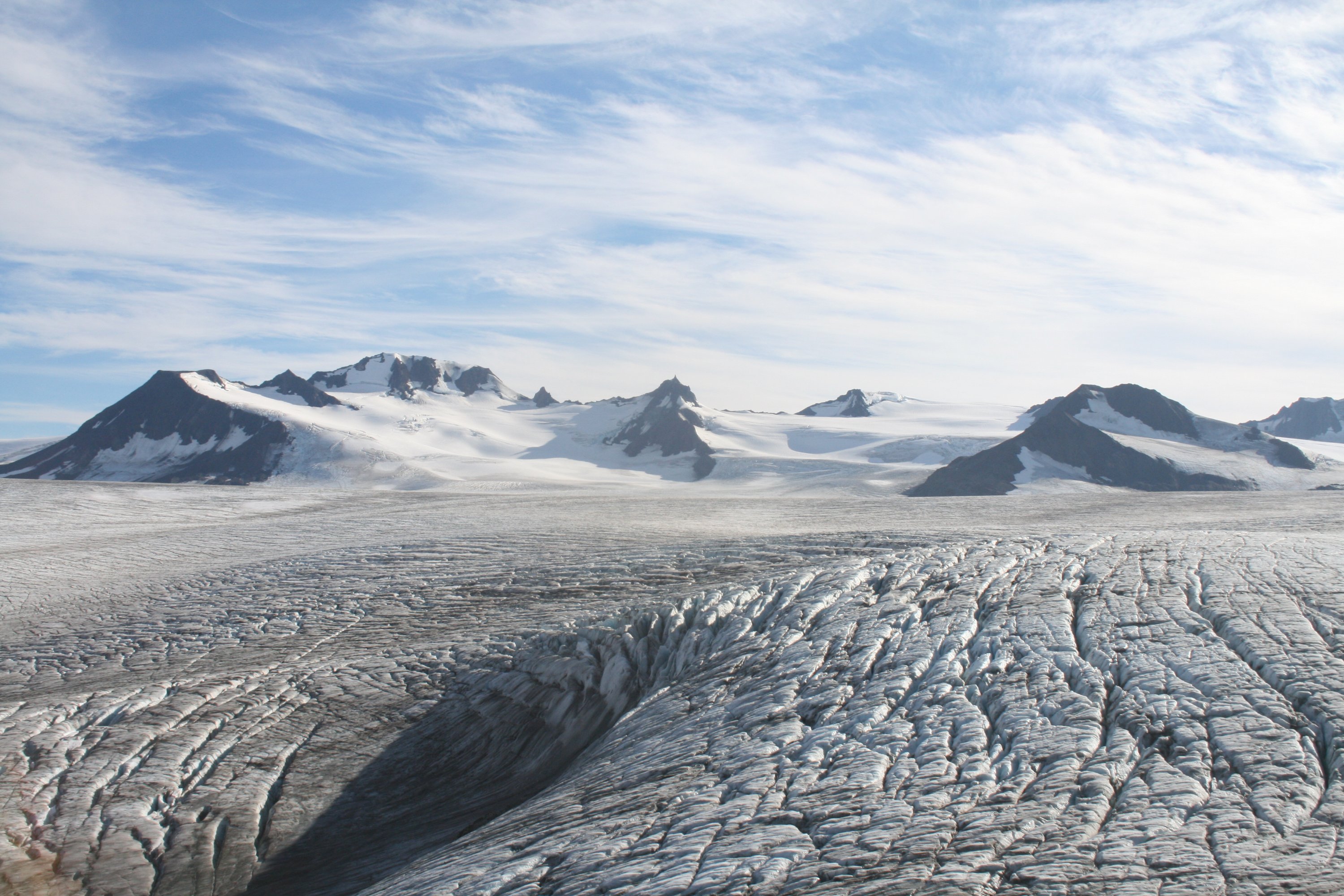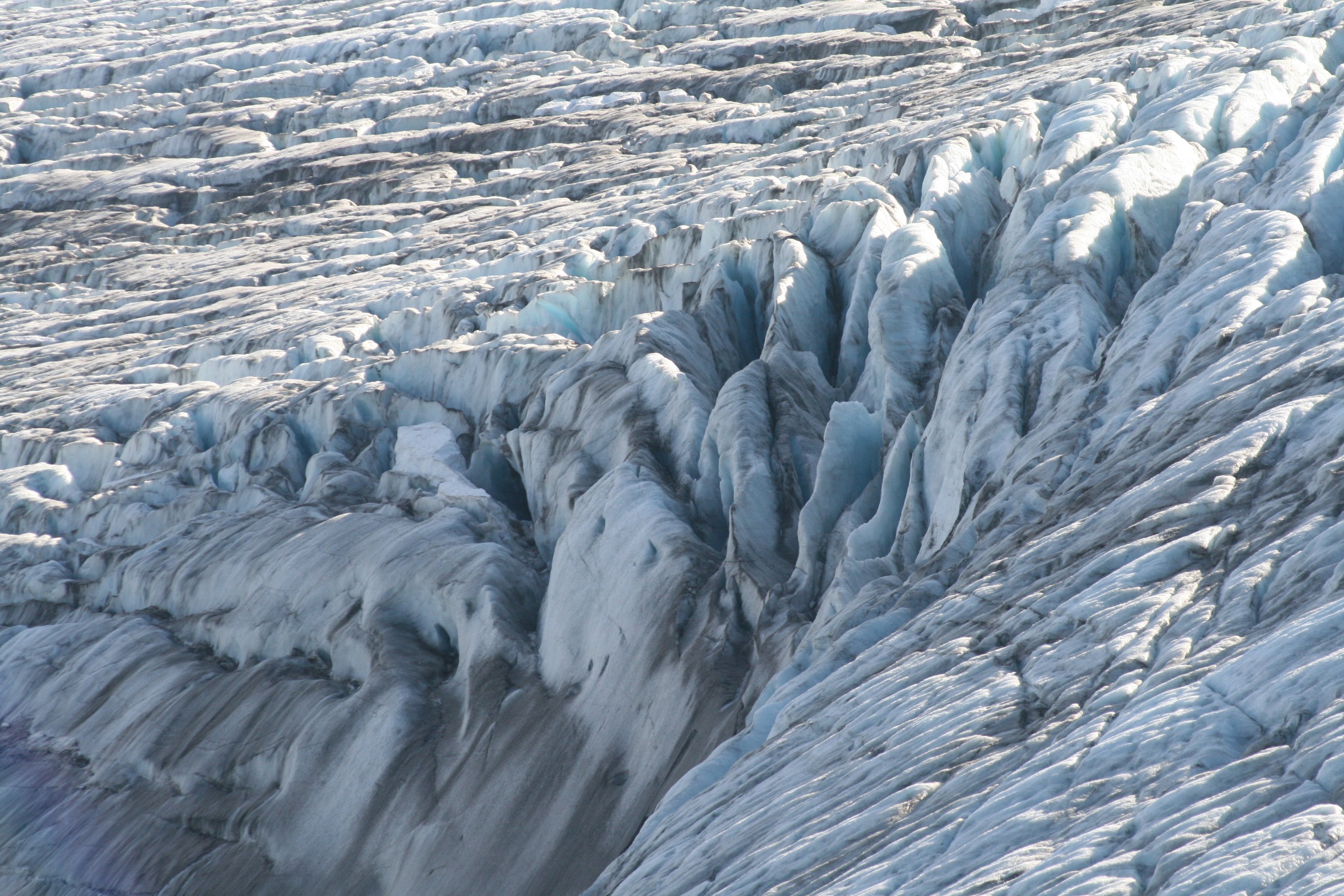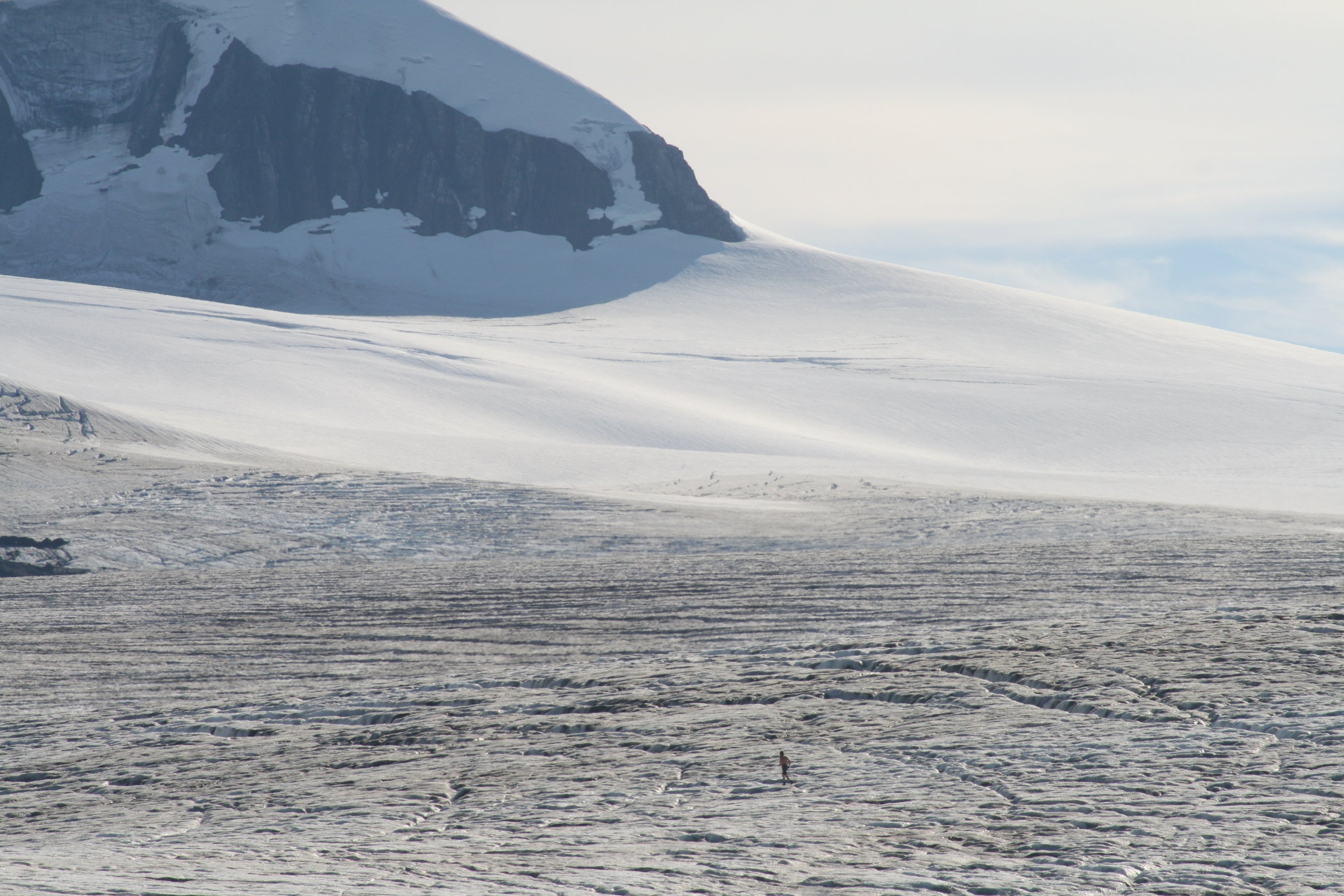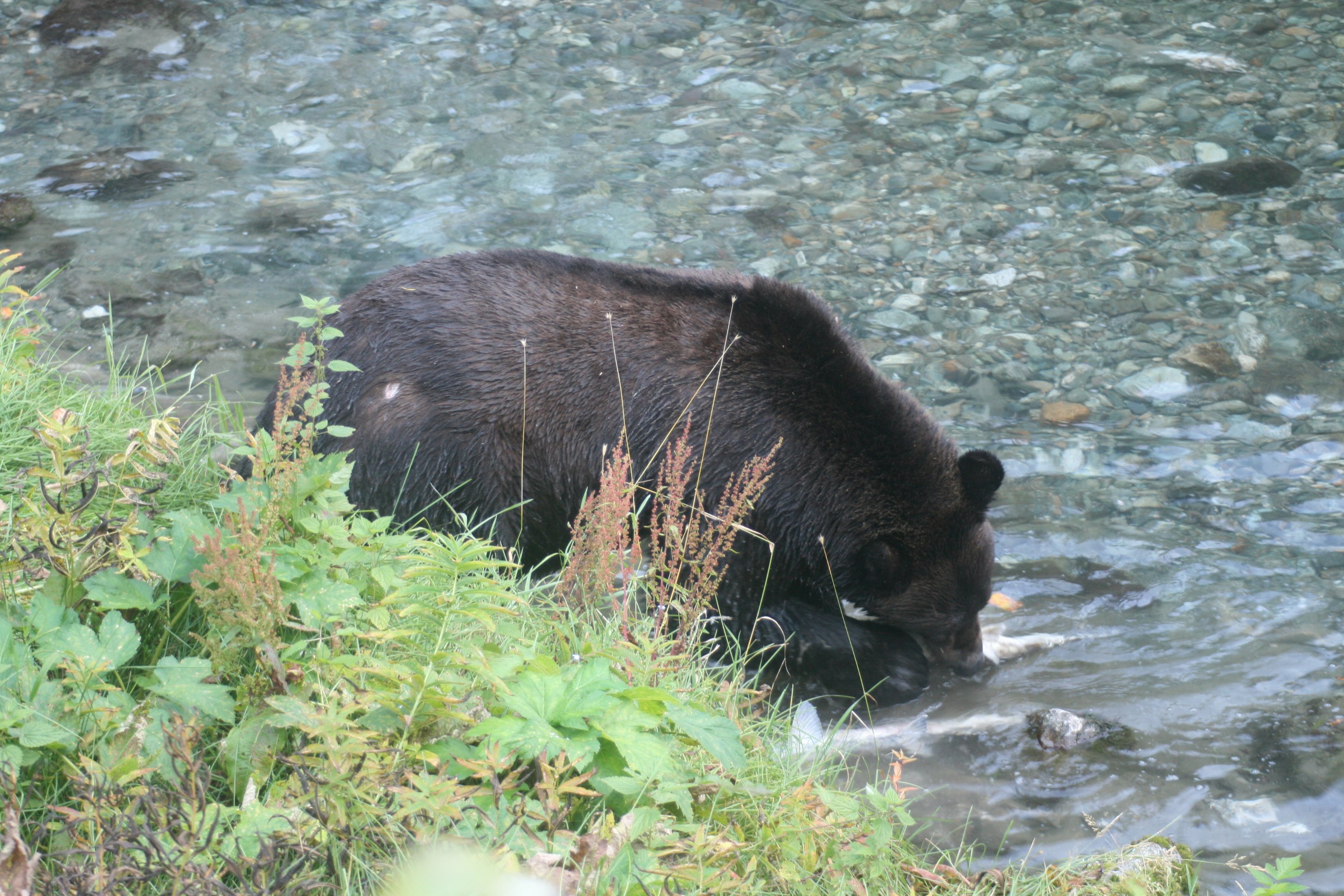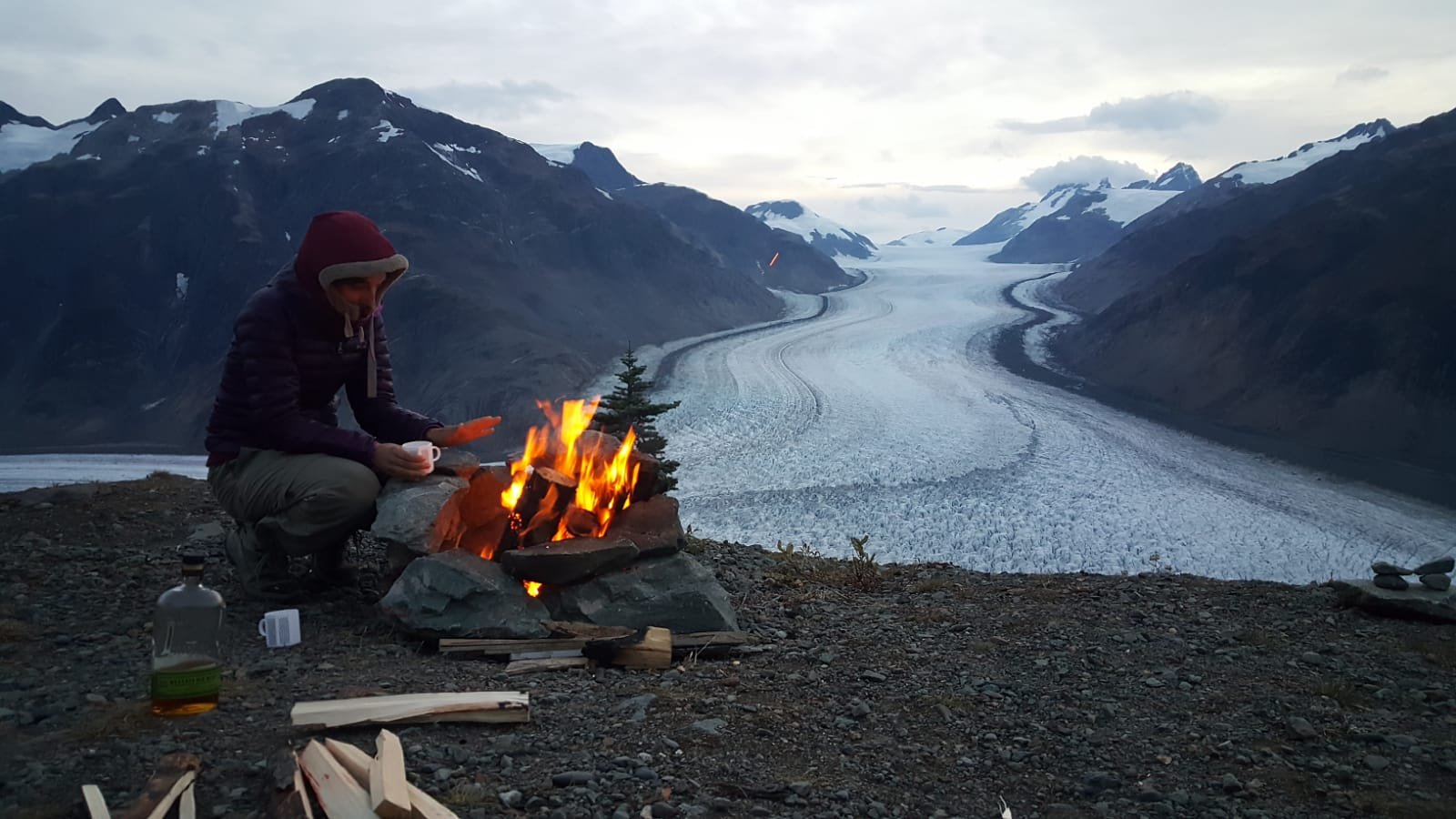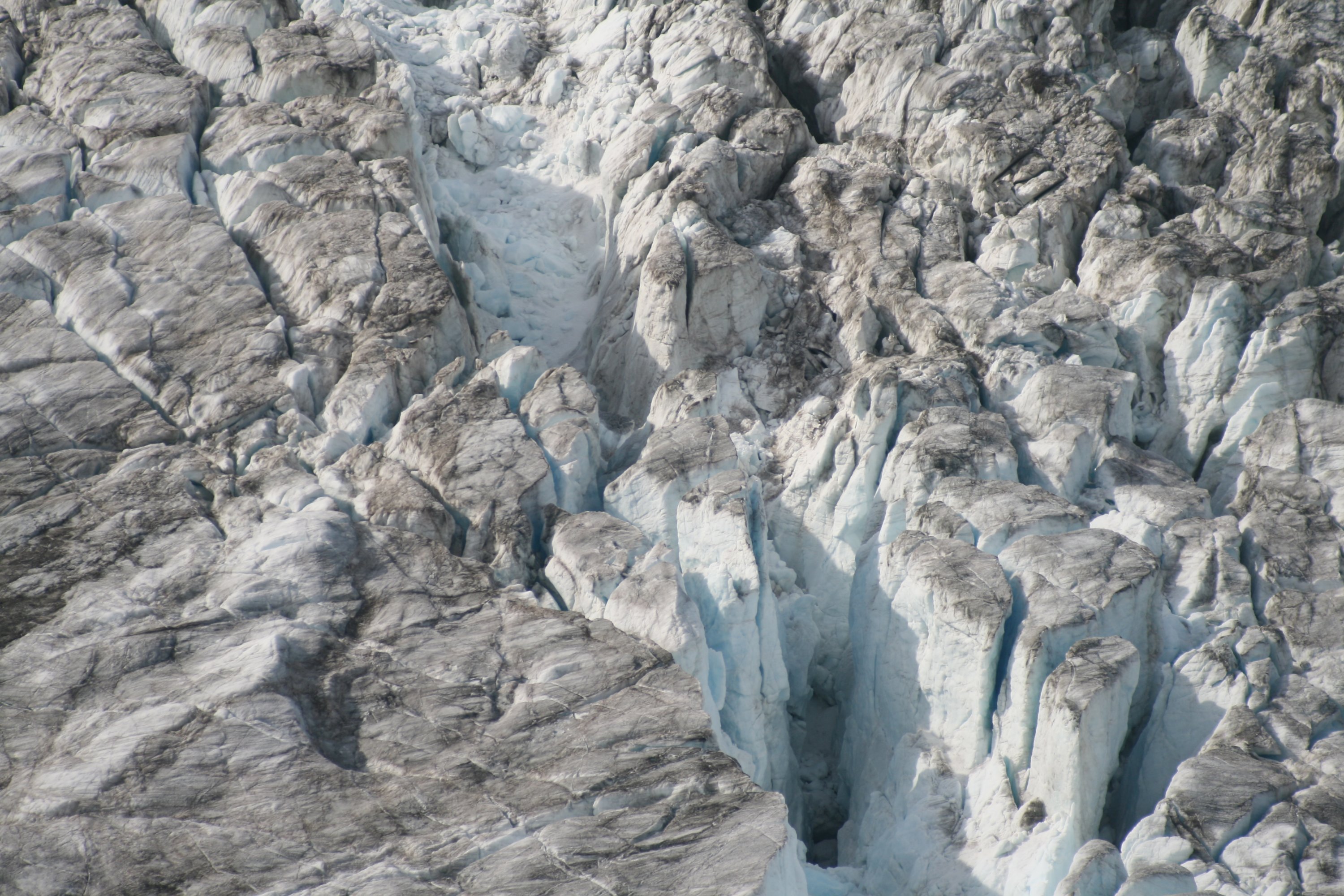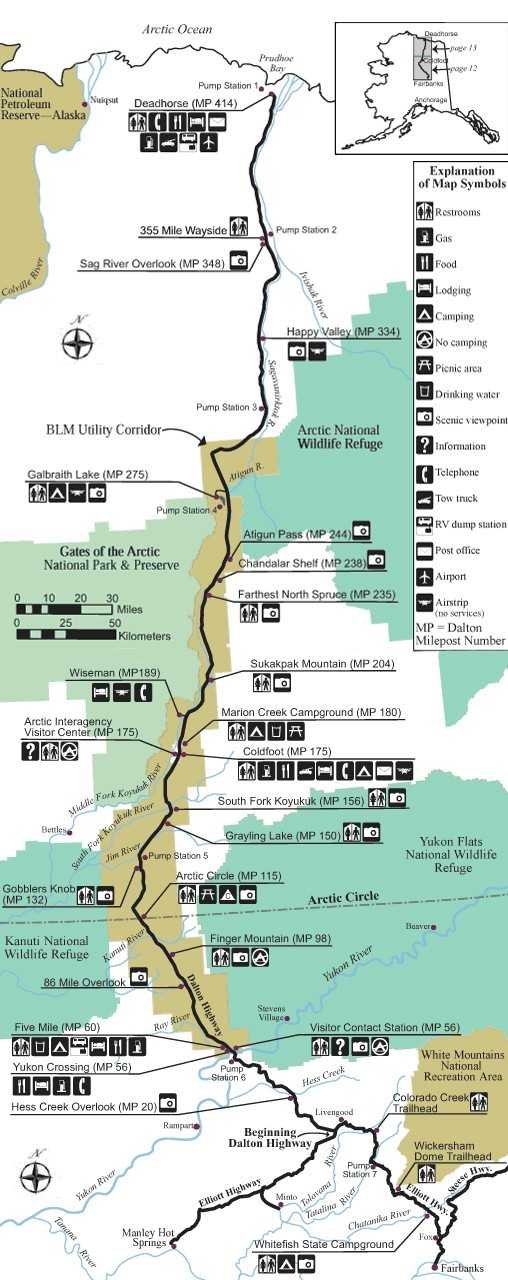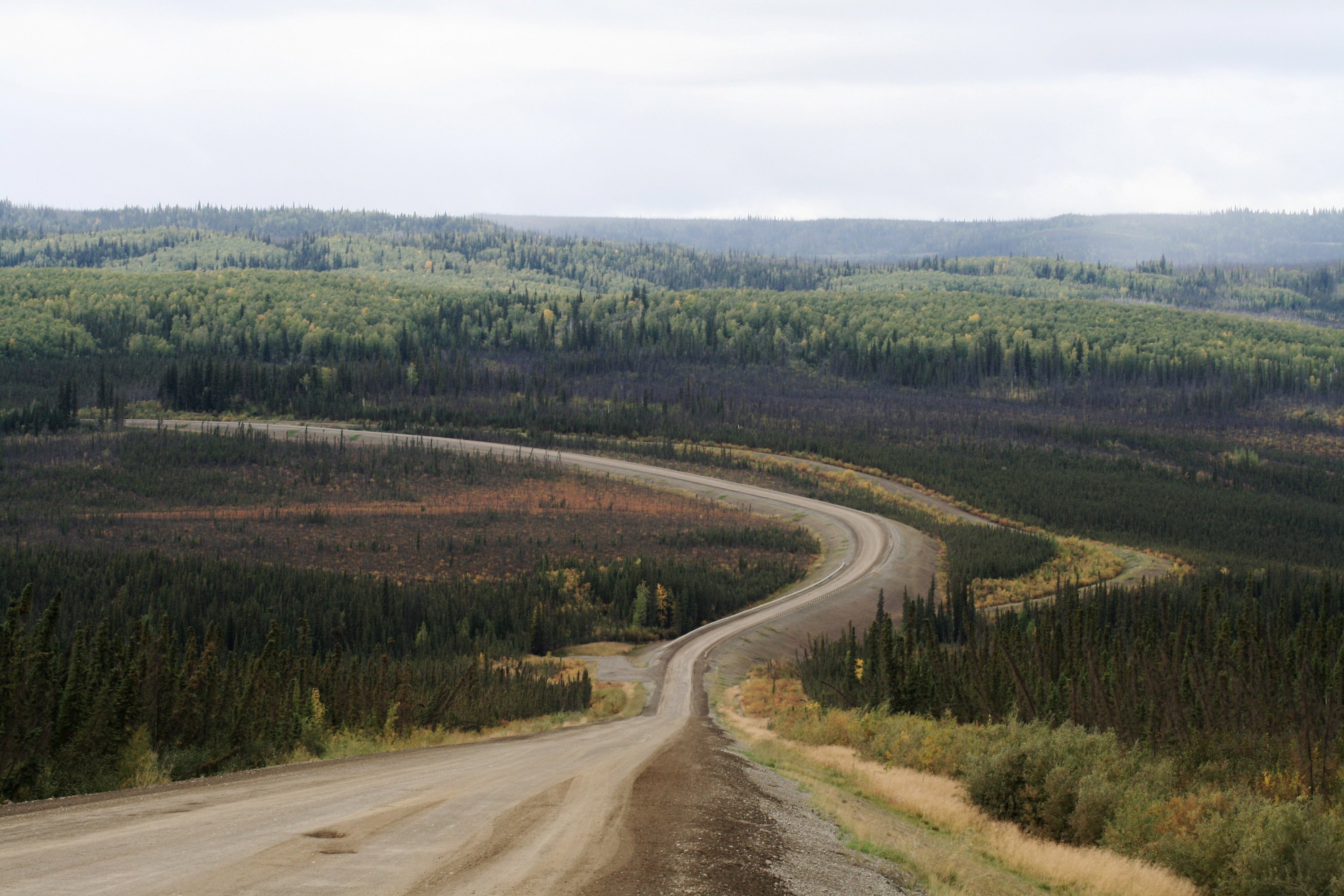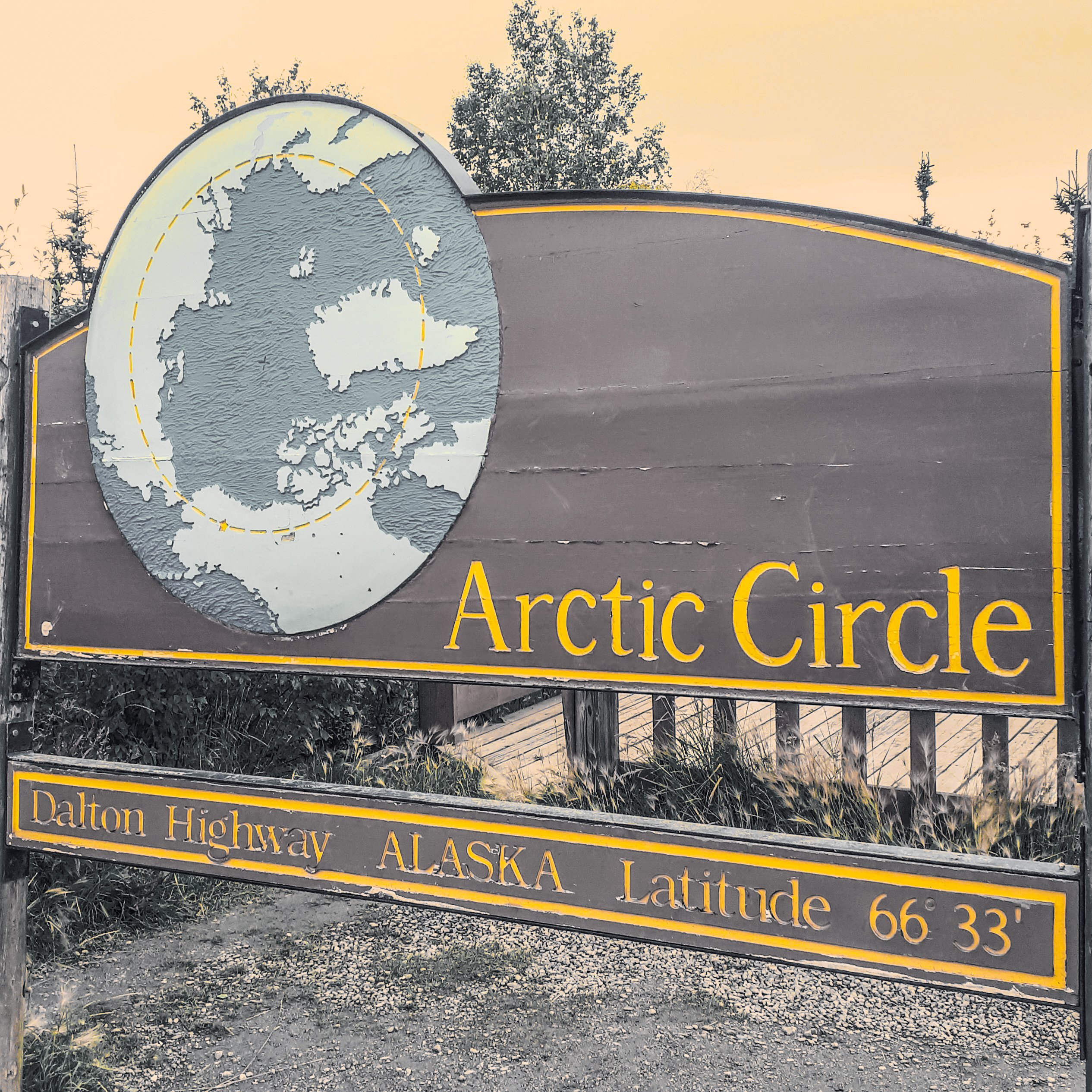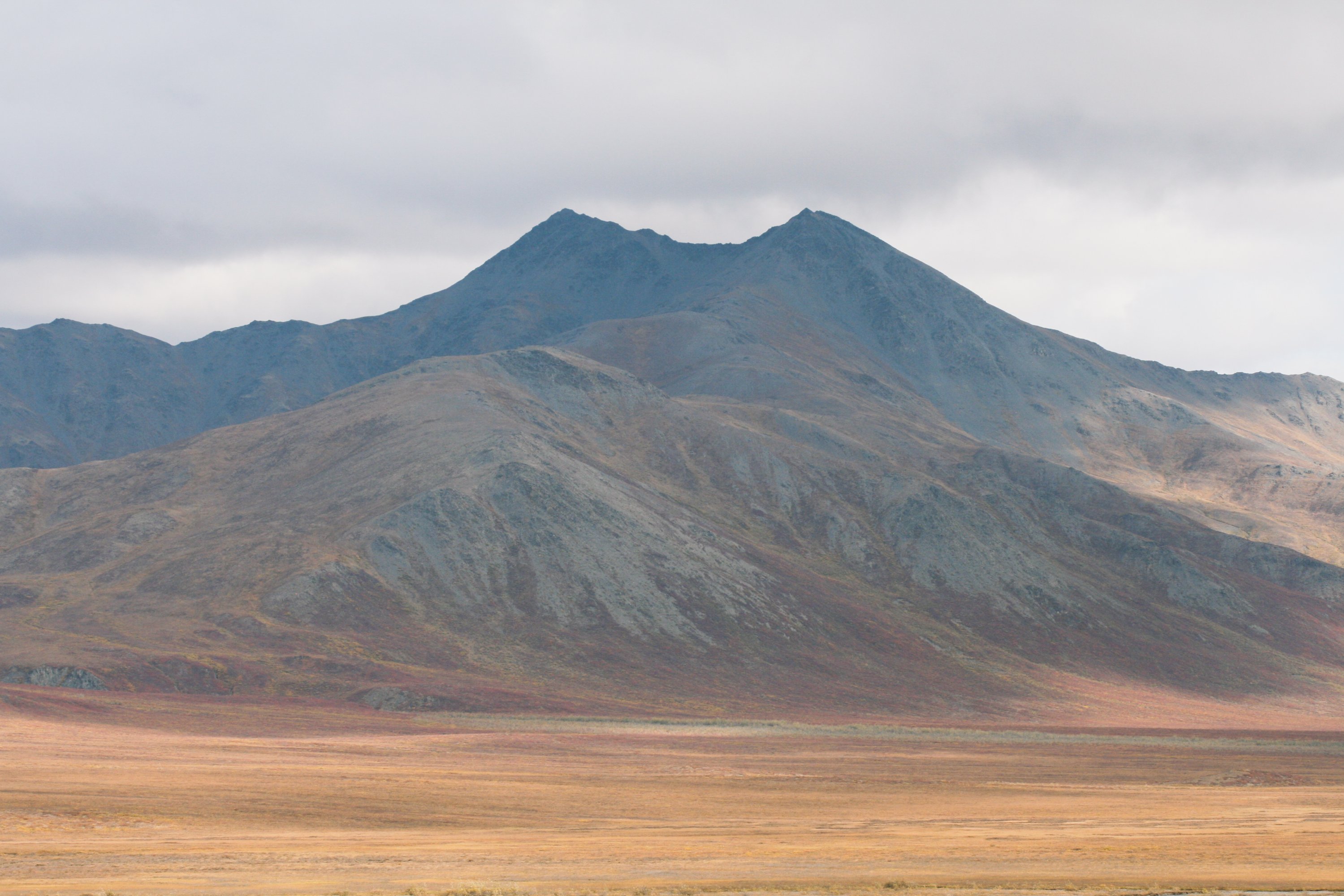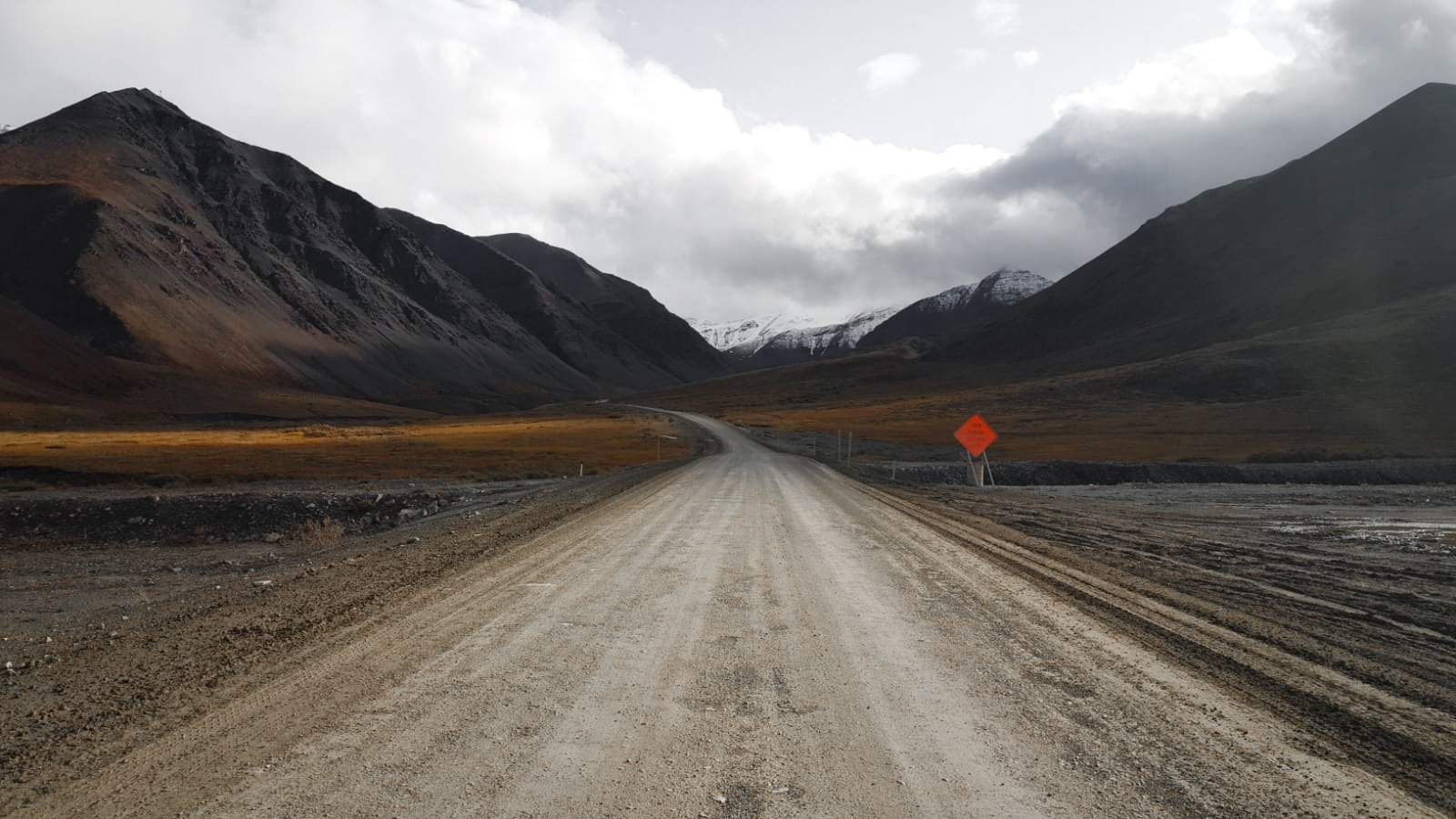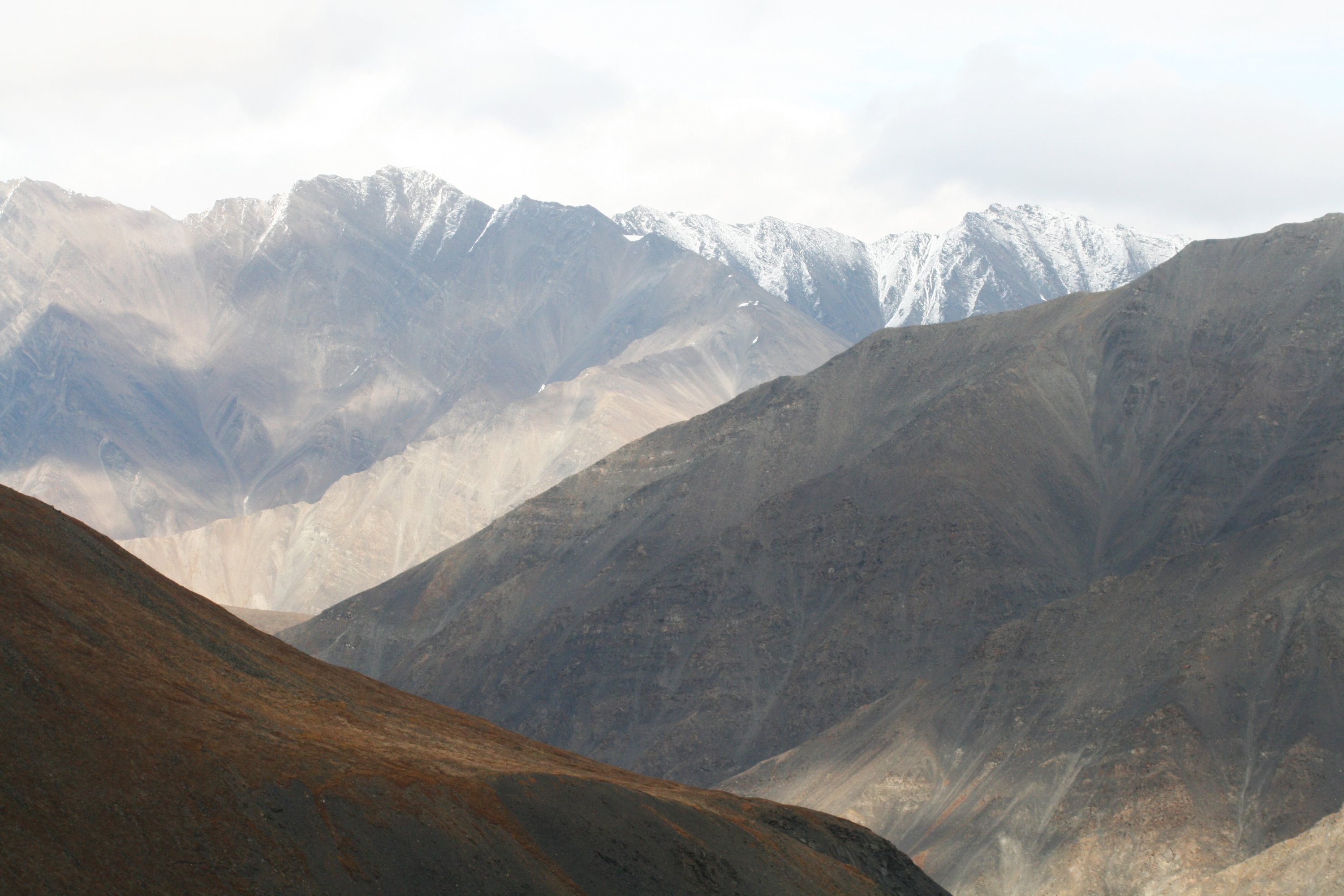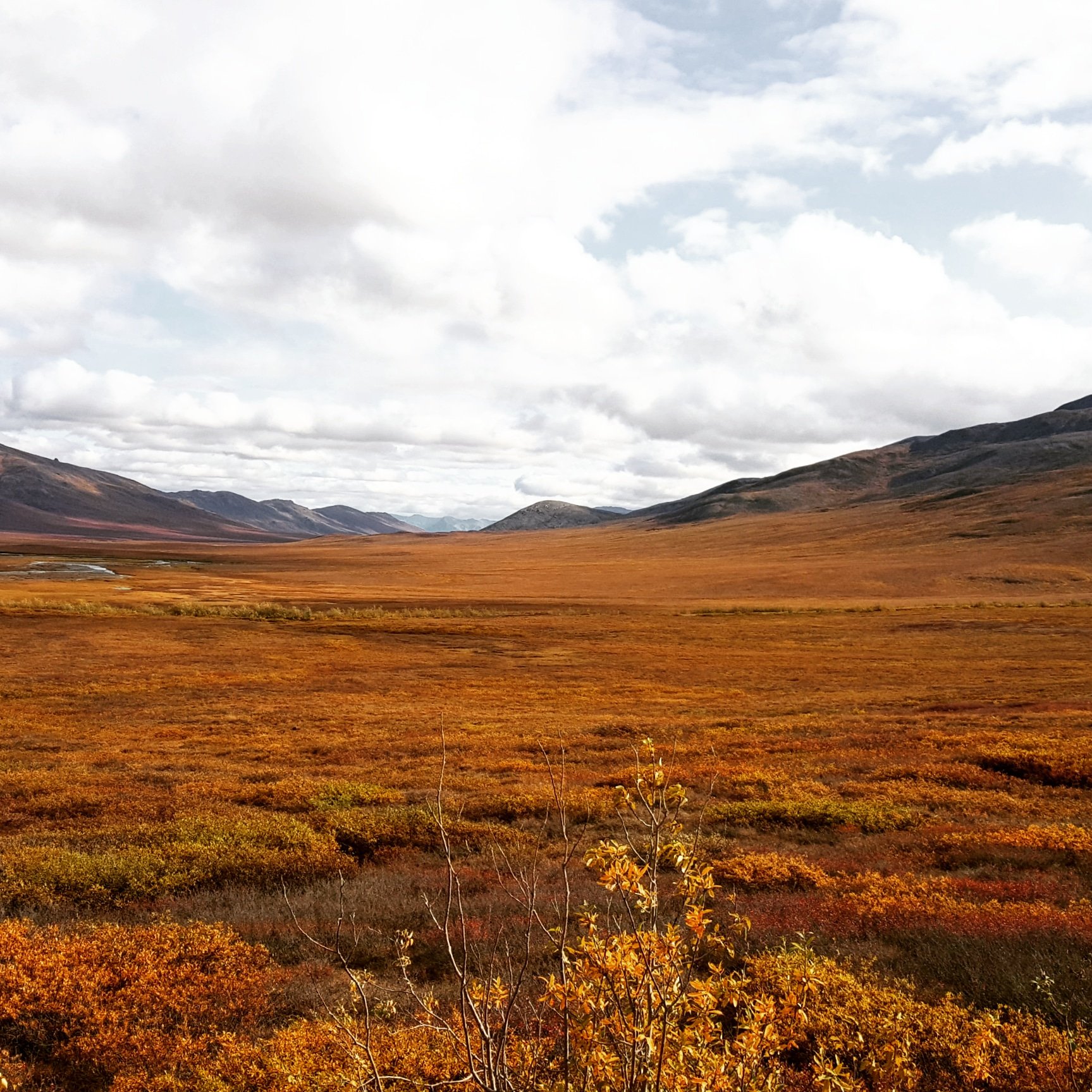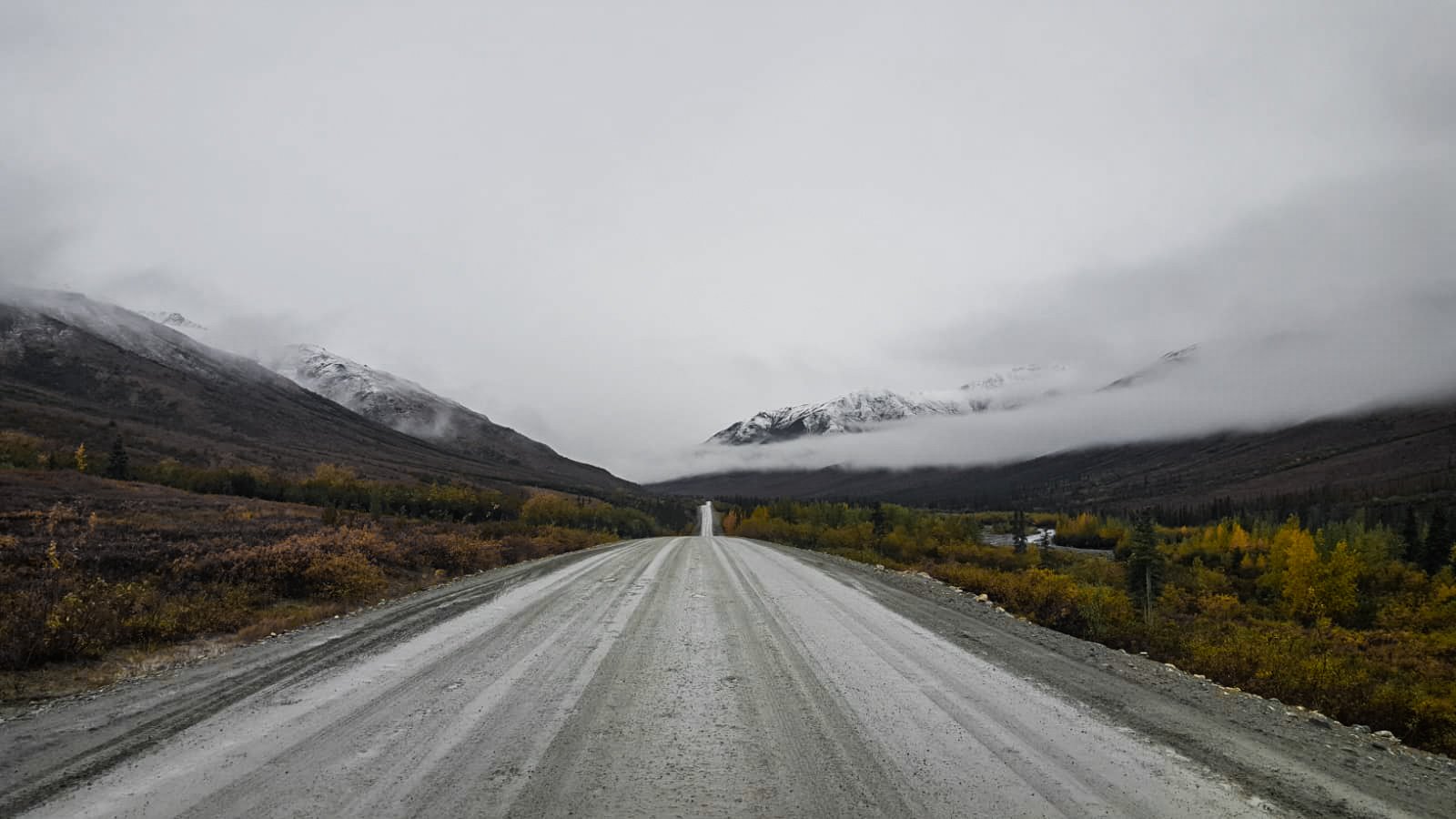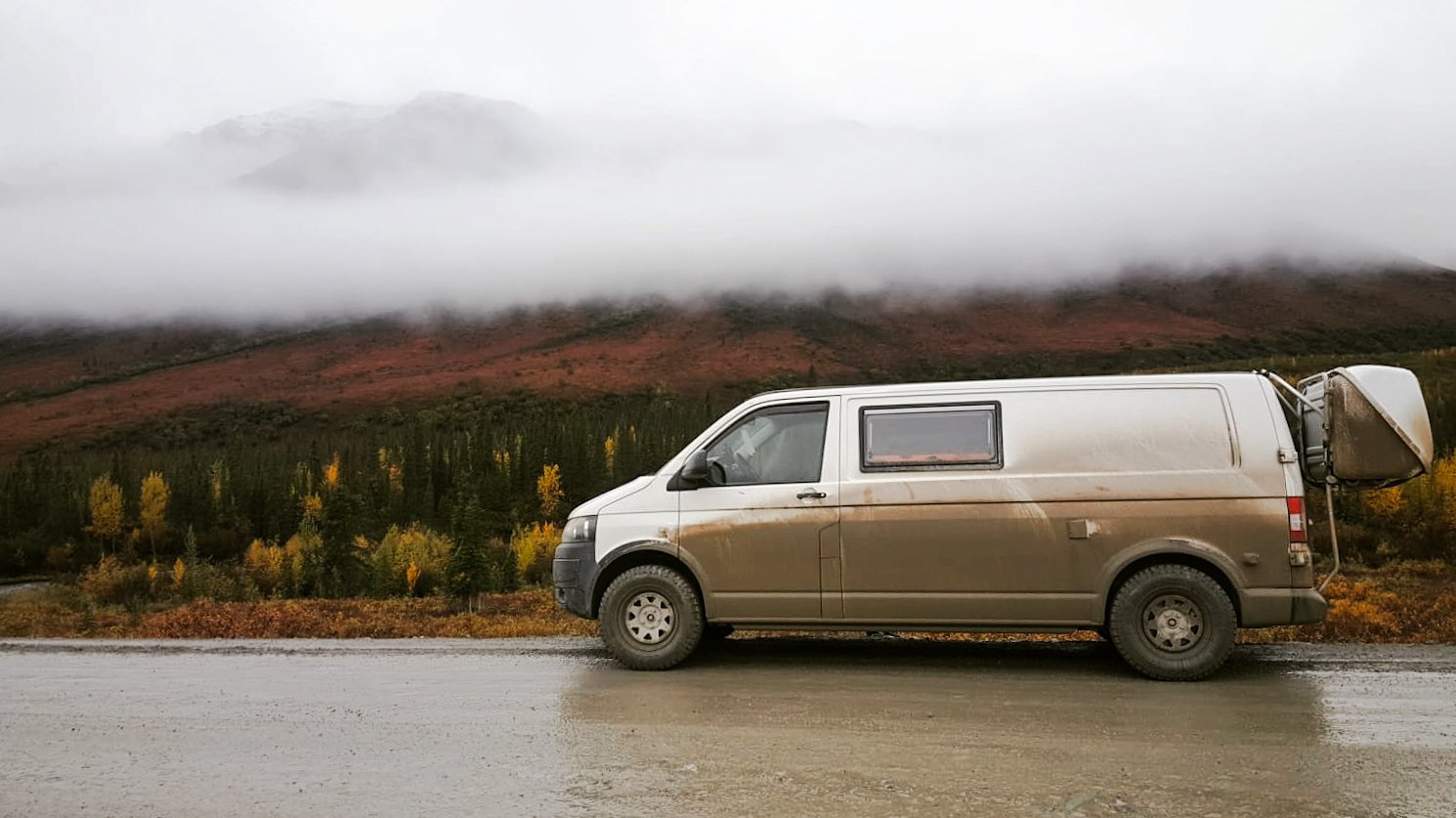With microphones, the recorder is the main part of a sound recording setup. We were looking for a recorder with at least 4 XLR inputs with Phantom power, which is compact and weatherproof; but also which have a very good quality of preamps. Due to its quality, reputation and quality/price ratio, we opted for a Sound Devices MixPre10T:
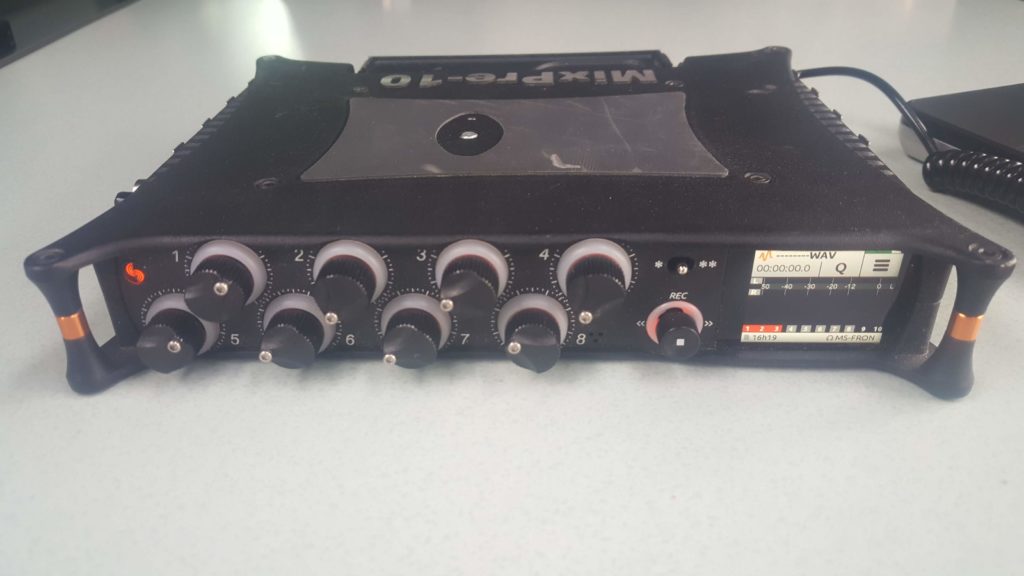
finally, we opted for this model which has x8 combo-XLR inputs, with in mind the idea to record several configurations of microphones at the same time during a single take:
-DMS (3 mics)
-AMBEO (4 mics)
-Parabola, TELINGA (1 mics)
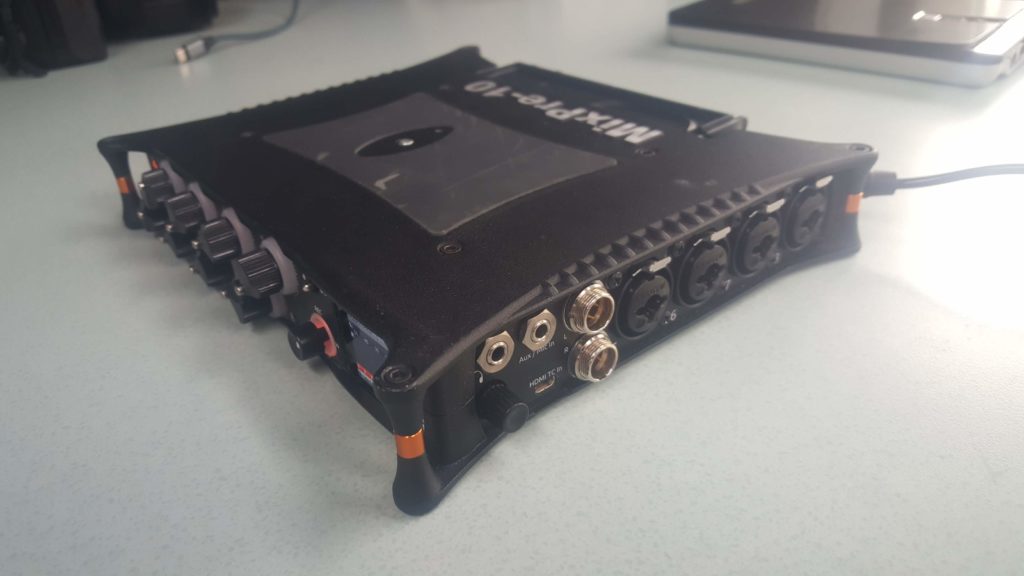
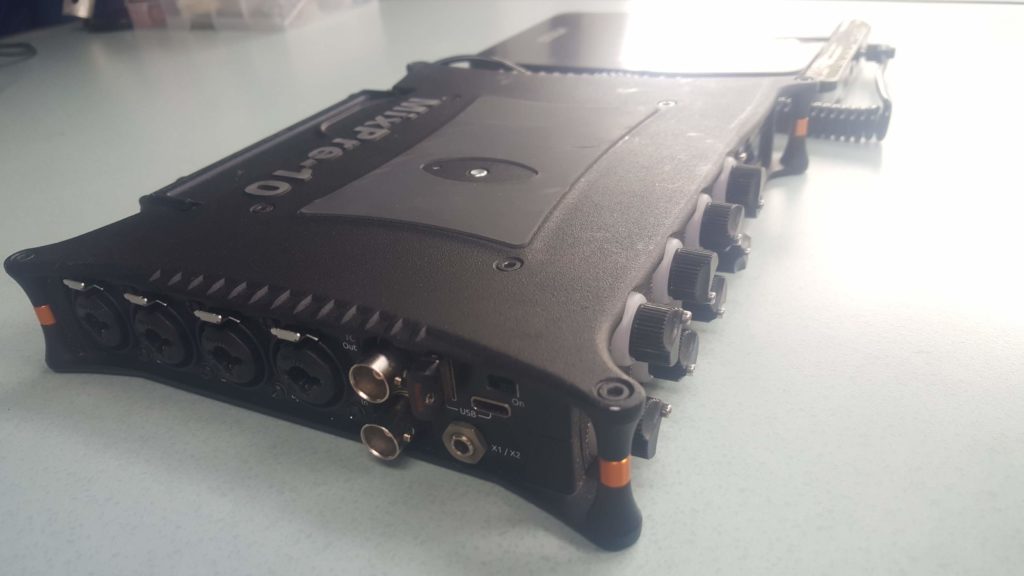
This recorder offers several advantages:
-8 input combo XLR, with phantom power
-Low cut filter + limiter per track
-16/24 bit to 192 kHz converters
-Possibility of efficient routing / monitoring (eg possibility to monitor in MS mode, while recording the different inputs separately)
-Possibility to couple the inputs between them (a single gain button, several input control, very convenient for taking stereo sounds, DMS, Ambisonic, etc. ..)
-Hirose connector power supply (10-18 V) (allowing the use of external batteries)
-Simultaneous recording on SD card + USB key (allowing real time backup)
-Possibility to save presets config , for different mic setup (MS, DMS, Quad, ORTF, Ambisonic, etc …)
-Ability to control the recorder remotely via mobil phone (Start / End recording, level control)
-It can run as a sound card, when it is connected in USB to computer (very useful in nomad mode)
that is essentially for us, it obviously offers other functions for other uses (such as time code for example)
I would say that for a field recording use, it is an excellent quality/price ratio.
We have two other recorders in backup:
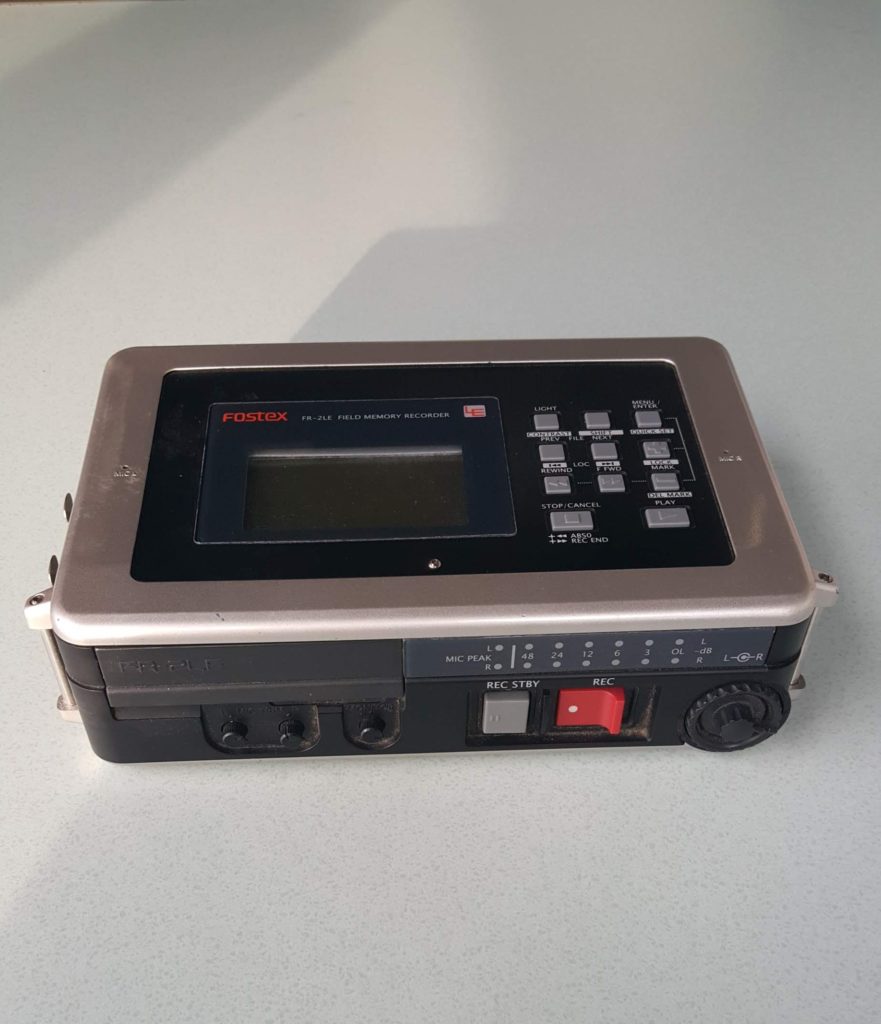
-x1 Fostex FR2LE (x2 XLR input)
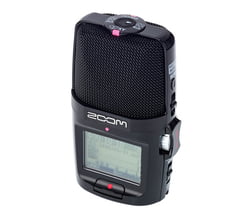
-Zoom H2N (no XLR input, 4 integrated capsules) allowing quad (4.0) recording, but also ambisonic, B format (Ambix)

